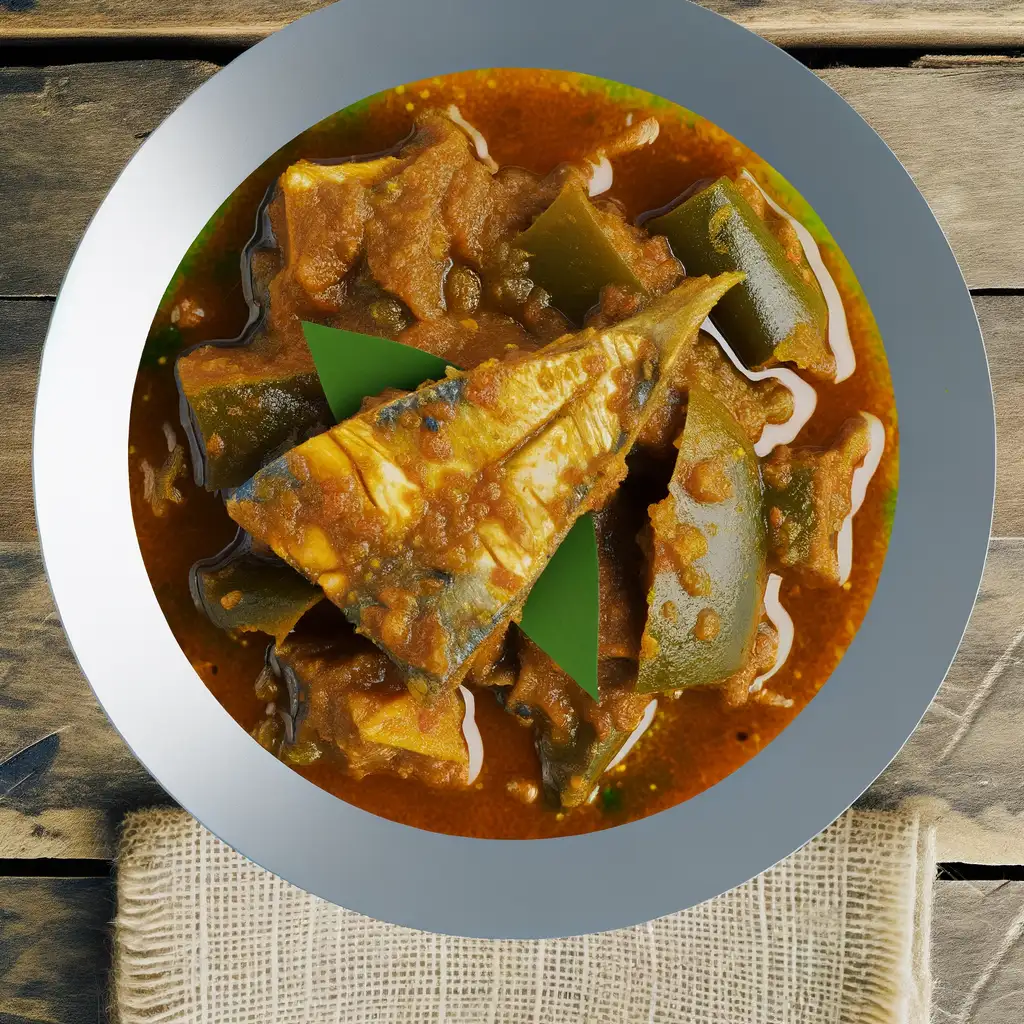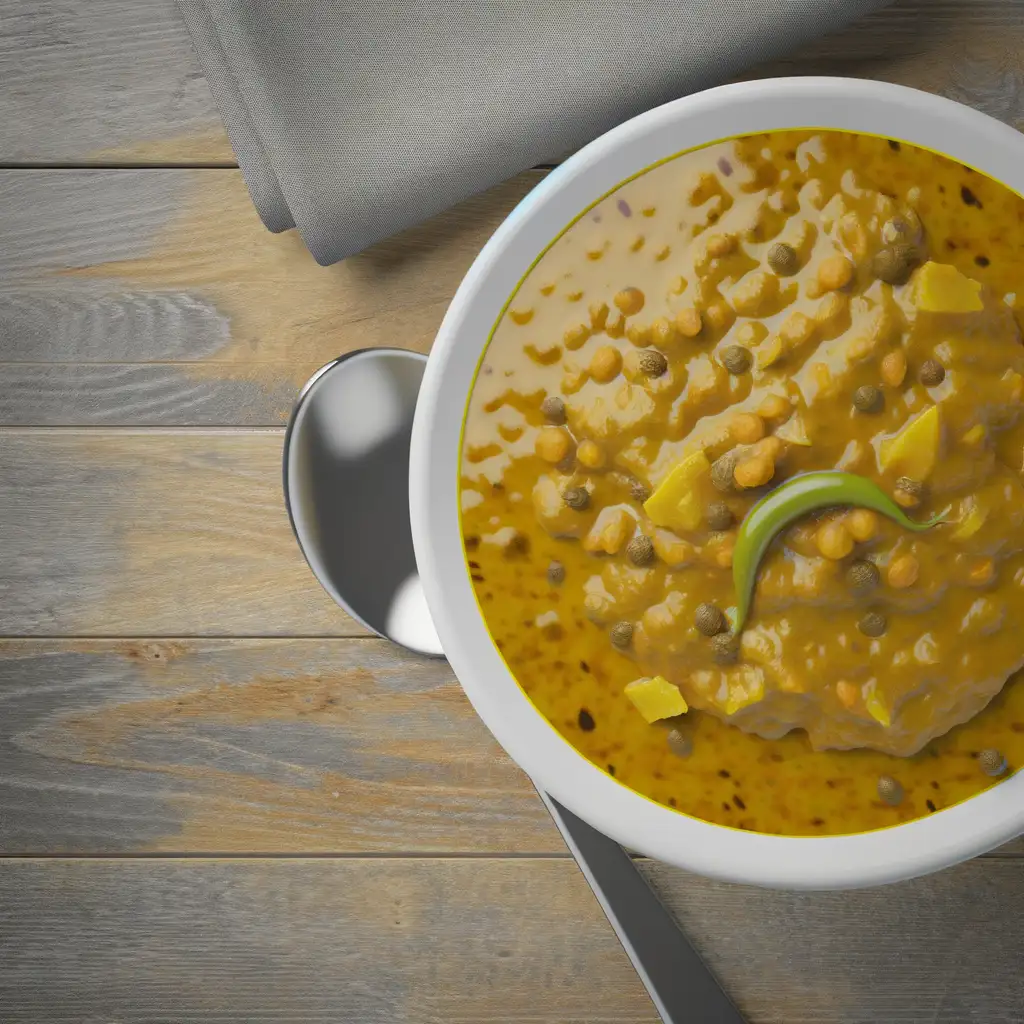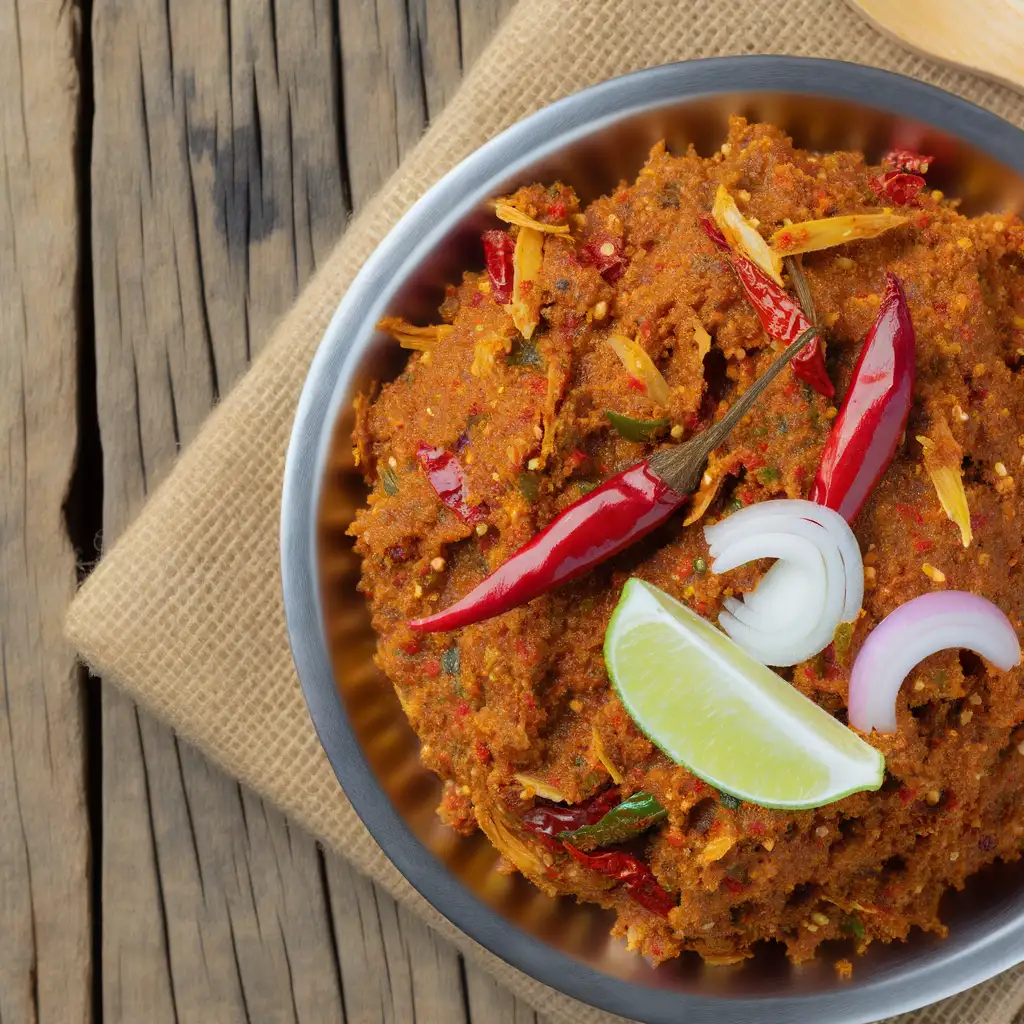



If you ever find yourself wandering through Sri Lanka,Polonnaruwa District is a place that quietly steals your heart without shouting for attention. The moment you step into this ancient city,there’s a gentle hum of history in the air—like the land itself is whispering stories from centuries past. Imagine walking among sprawling ruins where massive stone Buddhas sit serenely,their calm faces weathered by time,while the soft rustle of palm leaves and distant bird calls create a peaceful soundtrack. The sun casts a golden glow over the red earth,and the scent of fresh earth mingles with the faint aroma of spices from nearby markets,grounding you in a world that feels both timeless and alive. What’s truly captivating about Polonnaruwa is how it balances the old with the everyday. Locals go about their day with warm smiles,tending to vibrant vegetable stalls or cycling past ancient temples,blending the rhythms of modern life with echoes of a grand past. You can taste this blend in the food too—freshly grilled fish seasoned with local herbs,or sweet jaggery treats that melt in your mouth,all served with a side of genuine hospitality. Exploring Polonnaruwa isn’t just about sightseeing; it’s about feeling connected to a place where history breathes through every stone and every smile. It’s a quiet invitation to slow down,soak in the stories,and let the spirit of Sri Lanka’s rich heritage wrap around you like a warm breeze.
The information on this page is currently being reviewed by Tripkliq and should be used as a guide only
Eng word: Hello
Eng pronunciation: Hello
Local language: හෙලෝ
Eng word: Goodbye
Eng pronunciation: Goodbye
Local language: ගුඩ්බයි
Eng word: Thank you
Eng pronunciation: Sthoo-thi-yi
Local language: ස්තුතියි
Eng word: How much
Eng pronunciation: Ki-ya-la-da
Local language: කියලද
Eng word: Toilet
Eng pronunciation: Vae-si-ki-li-ya
Local language: වැසිකිළිය
Eng word: Help me
Eng pronunciation: Ma-ta oo-da-vu ka-ran-na
Local language: මට උදව් කරන්න
Eng word: Yes
Eng pronunciation: Ow
Local language: ඔව්
Eng word: No
Eng pronunciation: Nae-hae
Local language: නැහැ
Eng word: Excuse me
Eng pronunciation: Ma-ta sa-maa-ven-na
Local language: මට සමාවෙන්න
Polonnaruwa served as the second capital of Sri Lanka after the fall of Anuradhapura in 993 AD. It was the thriving commercial and religious center of the country during its time.
The ancient city of Polonnaruwa was declared a UNESCO World Heritage Site in 1982, recognizing its historical and cultural significance.
King Parakramabahu I, who reigned from 1153 to 1186, is one of the most notable rulers of Polonnaruwa. He is known for his extensive irrigation projects, including the Parakrama Samudra, a massive reservoir.
The Gal Vihara is a rock temple of the Buddha situated in Polonnaruwa. It is renowned for its four large statues of the Buddha, carved into the face of a granite rock.
The Sacred Quadrangle is a compact group of fascinating ruins in Polonnaruwa, including the Vatadage, a circular relic house, and the Thuparama, one of the best-preserved image houses.
Lankatilaka Vihara is an ancient Buddhist temple in Polonnaruwa, known for its impressive 17-meter-high standing Buddha statue and its massive brick walls.
The Royal Palace of King Parakramabahu, also known as the 'Vijayabahu Palace,' was a grand structure with seven stories and over a thousand rooms, showcasing the architectural prowess of the era.
The Nissanka Latha Mandapaya is a unique structure in Polonnaruwa, featuring stone pillars carved in the shape of lotus stems. It was used by King Nissanka Malla for listening to Buddhist scriptures.
Rankoth Vehera is the largest stupa in Polonnaruwa, standing at 55 meters high. It was built by King Nissanka Malla and is a significant example of the architectural style of the period.
In Polonnaruwa District, the most common Power Adaptor is Type D, Type G.



A popular street food made from chopped roti (flatbread) stir-fried with vegetables, eggs, and a choice of meat, seasoned with spices.
.webp)
A bowl-shaped pancake made from fermented rice flour and coconut milk, often served with a variety of toppings like egg, honey, or sambol.

A sour fish curry made with firm fish, spices, and goraka (a sour fruit), typically served with rice.

A staple dish made from lentils cooked with spices, coconut milk, and sometimes vegetables, served with rice or roti.

A spicy coconut relish made from grated coconut, red chili powder, onion, and lime juice, often served as a side dish.
.webp)
Steamed rice noodle cakes served with curry or coconut milk, often enjoyed for breakfast or dinner.

A sweet and tangy eggplant pickle made with fried brinjal, vinegar, and spices, commonly served as a condiment.
If you step into Colombo District,you immediately feel the pulse of a city that’s both vibrant and laid-back,where old-world charm meets modern hustle. Imagine walking along bustling streets lined with colonial-era buildings,their faded facades telling stories of a rich past,while sleek glass towers rise nearby,reflecting the tropical sun. The air carries a mix of scents—spices from street food stalls,salty sea breeze from the nearby coast,and the faint aroma of jasmine from roadside vendors. It’s a place where the sounds of honking tuk-tuks blend with the call to prayer and the laughter of children playing in small parks.
Colombo’s character is a beautiful mosaic of cultures. You’ll find Buddhist temples nestled beside mosques and churches,and markets where Tamil,Sinhalese,and Muslim communities come together in a colorful dance of languages and traditions. The city’s food scene is a feast for the senses—imagine biting into a crispy hopper drizzled with coconut sambol or sipping on a strong,sweet Ceylon tea while watching the sunset over Galle Face Green,where locals fly kites and families gather to unwind.
What makes Colombo truly special is its warmth. Despite the city’s fast pace,there’s a genuine friendliness in the smiles of shopkeepers and the inviting chatter in cafés. It’s a place where you can lose yourself in vibrant street art one moment and find quiet reflection in a serene temple garden the next. Colombo isn’t just a destination; it’s an experience that stays with you long after you leave.
If you ever find yourself craving a place where history hums softly through the air and nature wraps you in a cool,misty embrace,Kandy District in Sri Lanka is where you want to be. The moment you step into Kandy,there’s this gentle buzz—a mix of temple bells,chattering markets,and the rustle of leaves from the surrounding hills. It’s a city that feels alive but not rushed,like it’s inviting you to slow down and soak in its stories.
Walking through Kandy,you’ll catch the scent of jasmine and incense drifting from the Temple of the Tooth,a sacred spot that pulses with spiritual energy. The streets are lined with colorful stalls selling fresh tropical fruits,spicy street food,and handwoven textiles,tempting your senses at every turn. Don’t miss trying a cup of Ceylon tea here—rich,fragrant,and perfectly brewed,it’s like tasting a piece of the island’s soul.
What makes Kandy truly special is how it balances vibrant culture with breathtaking nature. Nestled among emerald hills and shimmering lakes,it’s a place where you can explore bustling markets one moment and find yourself wandering peaceful botanical gardens the next. The locals’ warmth and pride in their heritage shine through in traditional dance performances and festivals,making you feel like you’re part of something timeless. Honestly,Kandy isn’t just a destination—it’s an experience that lingers long after you leave.
If you find yourself wandering through Sri Lanka,Galle District feels like stepping into a storybook where history and everyday life dance together effortlessly. The moment you arrive,there’s this warm,salty breeze carrying the distant chatter of fishermen and the rhythmic crash of waves against ancient fort walls. It’s a place where time slows down just enough for you to savor the vibrant colors of colonial buildings,their shutters flung open to reveal cozy cafes brewing rich Ceylon tea and the scent of freshly baked pastries. Walking through the cobbled streets of Galle Fort,you can almost hear whispers of centuries past mingling with the laughter of locals and the clinking of glasses as the sun dips low.
What really makes Galle special is its blend of cultures and the genuine warmth of its people. You’ll find artists sketching by the sea,street vendors selling spicy kottu roti that fills the air with tantalizing aromas,and markets bursting with tropical fruits so fresh they almost taste like sunshine. The district’s coastline is a playground of turquoise waters and golden sands,perfect for a lazy afternoon swim or a sunset stroll where the sky blushes in shades of pink and orange.
Beyond the fort,the landscape unfolds into lush tea plantations and quaint villages where life feels beautifully unhurried. Galle isn’t just a place to visit—it’s a place to feel alive,to connect with a rich tapestry of history,culture,and nature that stays with you long after you’ve left.
If you ever find yourself craving a place where the ocean feels endless and the air hums with a gentle,salty breeze,Trincomalee is where you want to be. This coastal town in Sri Lanka has this laid-back charm that instantly slows your pace. Imagine waking up to the soft lapping of waves against golden shores,the sun casting a warm glow over turquoise waters so clear you can spot colorful fish darting beneath the surface. It’s the kind of place where mornings start with the scent of fresh seafood grilling nearby and the distant call of fishermen heading out to sea.
Trincomalee’s character is a beautiful blend of history and culture. The ancient Koneswaram Temple perched on a cliff offers not just spiritual calm but breathtaking views that make you pause and breathe it all in. Walking through the town,you’ll hear a mix of Tamil and Sinhala chatter,the clatter of markets bursting with tropical fruits,and the occasional rhythm of traditional drums. The local food scene is a vibrant adventure—think spicy crab curries,tangy sambols,and sweet,creamy king coconut water that refreshes you like nothing else.
What really stays with you is the genuine warmth of the people and the way the town feels alive yet unhurried. Whether you’re snorkeling in Pigeon Island’s coral gardens or simply watching the sunset paint the sky in fiery hues,Trincomalee invites you to slow down,soak up its rhythms,and leave with a heart full of stories.
If you ever find yourself craving a place where history hums softly beneath the warm sun and the air carries the scent of salty sea breeze mixed with fragrant spices,Jaffna District in Sri Lanka is where you should go. The moment you step into Jaffna,there’s this gentle rhythm to life — a blend of old-world charm and vibrant local energy that feels both peaceful and alive. The streets buzz with colorful markets where vendors call out,selling everything from fiery red chilies to freshly caught seafood,while the aroma of roasting curry leaves and coconut fills the air.
What really makes Jaffna stand out is its rich Tamil culture,which you can see in the intricate carvings of ancient temples and taste in the unique flavors of Jaffna cuisine — think tangy crab curry,crispy hopper pancakes,and sweet,milky Jaffna-style tea that warms you from the inside out. The people here are incredibly welcoming,their smiles genuine,and their stories woven into the fabric of the city’s character.
Beyond the city,the landscape unfolds into serene lagoons and sun-drenched beaches where the turquoise water laps gently against the shore. It’s a place where time slows down just enough for you to soak in the vibrant colors of a sunset or the quiet hum of a temple bell. Visiting Jaffna feels like stepping into a living story — one that invites you to explore,taste,and connect with a culture that’s both ancient and wonderfully alive.
If you ever find yourself in Sri Lanka,you absolutely have to spend some time in Negombo. The moment you arrive,there’s this laid-back coastal rhythm that wraps around you like a warm breeze. It’s a place where the ocean’s salty tang mingles with the scent of fresh spices from the bustling markets,and the chatter of fishermen mending their nets creates a soundtrack that feels both timeless and alive. Walking along the beach at sunset,you’ll see colorful fishing boats bobbing gently on the water,their bright hues reflecting the fiery sky.
Negombo’s charm lies in its blend of old and new. The city wears its history proudly,with colonial-era churches standing tall alongside vibrant street markets where vendors call out,selling everything from tropical fruits to freshly grilled seafood. The aroma of sizzling prawns and coconut-infused curries drifts through the air,tempting you to stop and savor the local flavors. It’s a place where you can sip a cup of strong,sweet Ceylon tea while watching the world go by,or dive into a plate of spicy crab that’s been caught just hours before.
What really makes Negombo special,though,is its people. Warm,welcoming,and full of stories,they add a genuine heart to the city’s character. Whether you’re wandering through the fish market at dawn or exploring the quiet canals that earned it the nickname “Little Venice,” you’ll feel like you’re stepping into a living,breathing story. Negombo isn’t just a stopover; it’s a place that invites you to slow down,breathe deeply,and soak in the simple,beautiful pulse of Sri Lankan coastal life.
Locals offer tourists the chance to take photos with animals like monkeys or snakes, then demand exorbitant fees afterward.
Locals pretend to collect donations for temples or schools, but the money is pocketed instead.
Individuals dressed as monks approach tourists for blessings and then demand money in return.
Unlicensed individuals approach tourists claiming to be official guides and charge high fees for inaccurate or unnecessary information.
Vendors near tourist sites sell souvenirs, food, or drinks at inflated prices, targeting unaware tourists.
Tuk-tuk drivers overcharge tourists, especially for short distances or trips to nearby attractions.
Scammers sell fake or invalid tickets to popular archaeological sites, leaving tourists unable to enter.
Scammers offer unnecessary services, such as cleaning shoes or taking photos, and then demand payment.
Sri Lanka has very strict laws regarding the possession, use, and trafficking of drugs. Even small quantities of illegal drugs can result in severe penalties, including long prison sentences and heavy fines. Tourists should avoid any involvement with illegal drugs to avoid serious legal consequences.
In Polonnaruwa District, as in the rest of Sri Lanka, smoking is prohibited in public places such as restaurants, public transport, and government buildings. There are designated smoking areas where smoking is allowed. Tourists should be mindful of these regulations to avoid fines or other penalties.
Vaping is subject to similar regulations as smoking in Sri Lanka. It is prohibited in public places and on public transport. Tourists should use designated smoking areas for vaping as well. Importing vaping devices and e-liquids may also be subject to customs regulations.
What are other people saying about Polonnaruwa District?
Recent Social posts about Polonnaruwa District
There is nothing to show you for now.